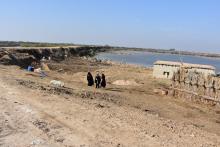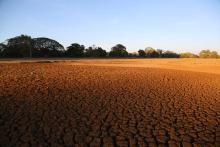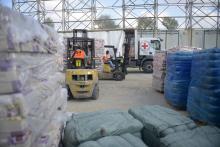This summer the 3rd iteration of the International Conference on Environmental Peacebuilding will be hosted in the Hague. It will be hosted jointly by the Environmental Peacebuilding Association (EnPAx) and the Grotius Center for International Legal Studies at Leiden University. It will contain both a virtual and physical element with the virtual day scheduled for June 12. The physical begins on June 18 and will last until June 21. It includes training courses, business meetings, side events, and site visits.












